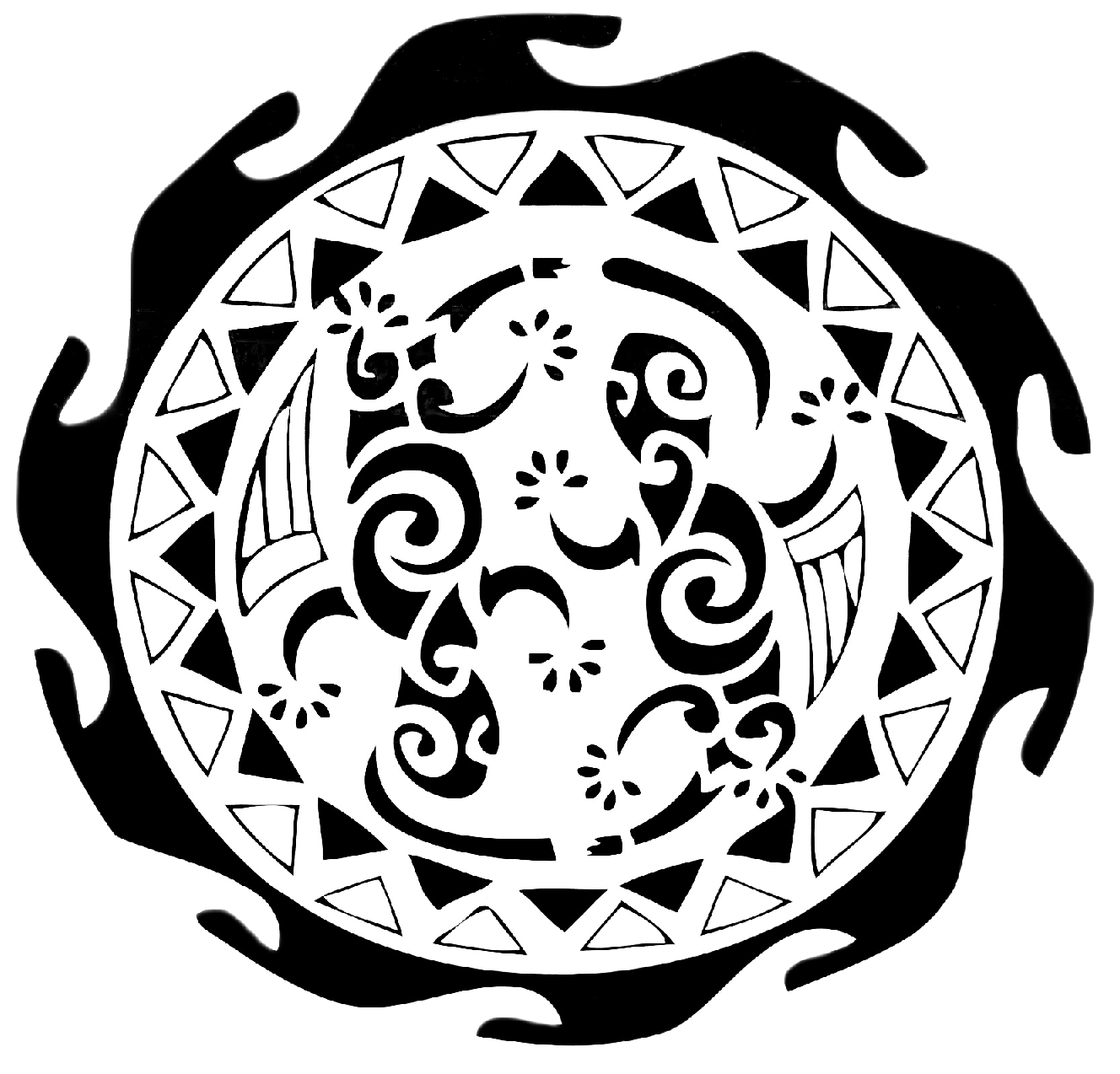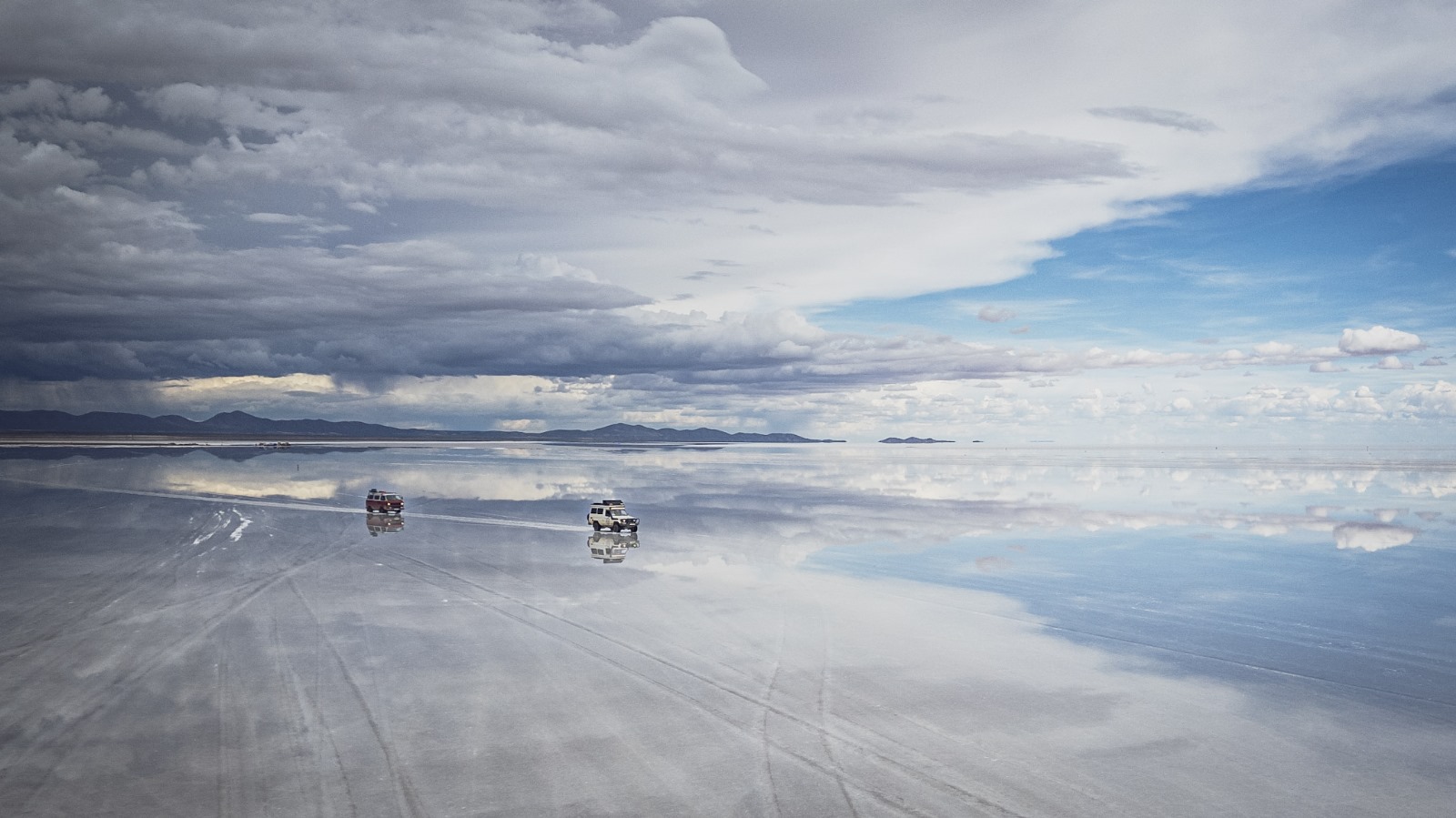Bolivia is a diverse country that some people skip because it can be difficult to travel through independently. However, we’re going to put the challenges to one side here and focus on the sights and adventures to be discovered in Bolivia.
Amazon
Would you like to take a tour of the Amazon jungle without seeing any other tourists? It’s still possible here. There are many different options available. Most tours start in Rurrenabaque. However, if you want to visit an authentic jungle city and be alone at the same time, you have to fly to Trinidad. It doesn’t take much longer than flying to Rurrenabaque, and you’ll have all the experiences to yourself. You can also drive there on a perfect tarmac road for most of it, there is only a bit of a sketchy ferry on the way.
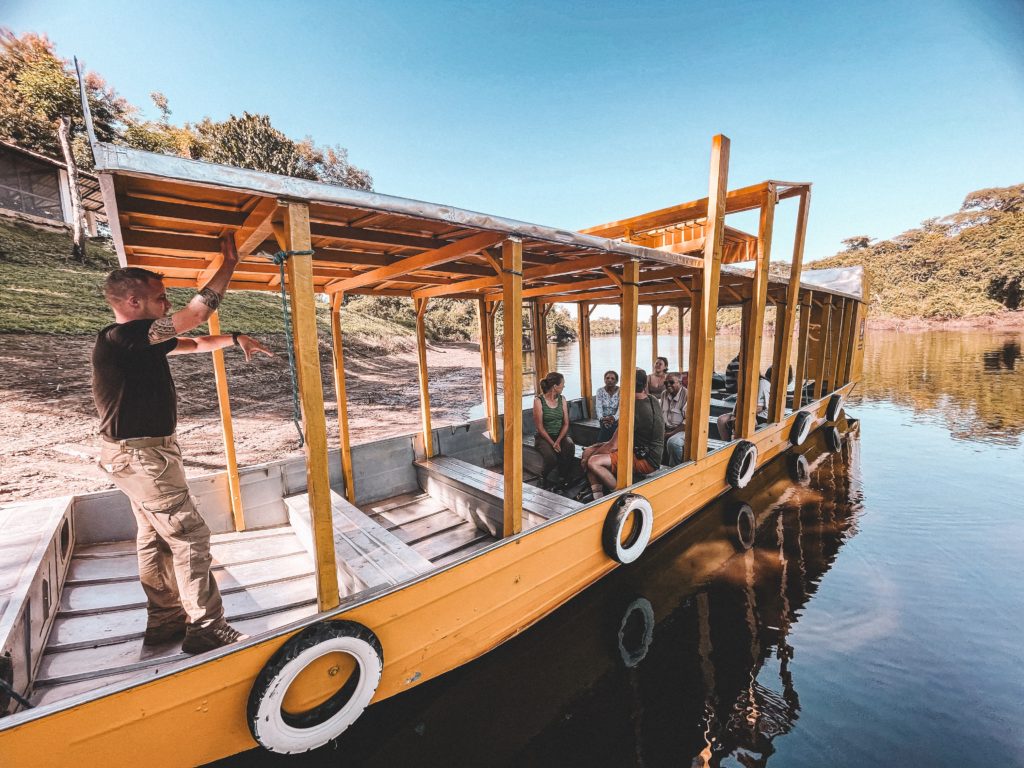
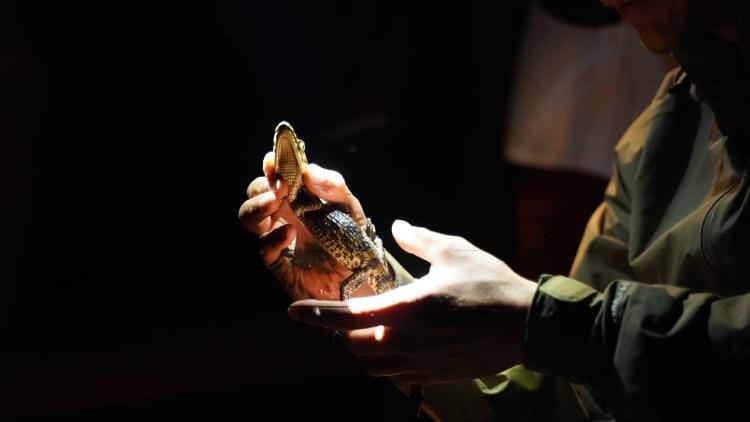
Trinidad itself is somewhat chaotic, but there is an interesting local market where you can find excellent machetes. If you want to see wildlife, the best option is to contact the Chuchini Lodge. Their reserve is about 25 km from the city, deep in the jungle. The car journey can be quite adventurous during the rainy season, but they can also pick you up by boat as an alternative.
Cachuela Esperanza is definitely not on the main route. However, if you’re near Guayaramerín, it’s worth taking a detour to visit this old town. The road through the Amazon jungle is beautiful, too, and was in quite good condition when we were there. If it’s not possible to drive on it, though, there’s now a perfect tarmac road connecting Guayaramerín to Rurrenabaque.
If you’re lucky, you might get the chance to see pink dolphins at the lagoon in Santa Rosa del Yacuma. From there, you can take an alternative off-road track towards Trinidad. It’s quite adventurous and many locals don’t even know it exists, but it takes you through the Bolivian Pantanal, where you can see lots of animals.



Yungas
The region between the Andes and the Amazon is known as the Yungas. It boasts beautiful cloud forests. Near Santa Cruz lies the small town of Buena Vista. Many expats flee there to escape the city heat. There are nice cafés and good restaurants, and it’s one of the entry points to Amboro National Park. One special adventure is to visit the Quesería Suiza and ask for Sepp or José, the forest dweller. He’s a bit chaotic, but he owns a 50-hectare forest full of animals and trees. With a bit of luck, you can make your own chocolate there.

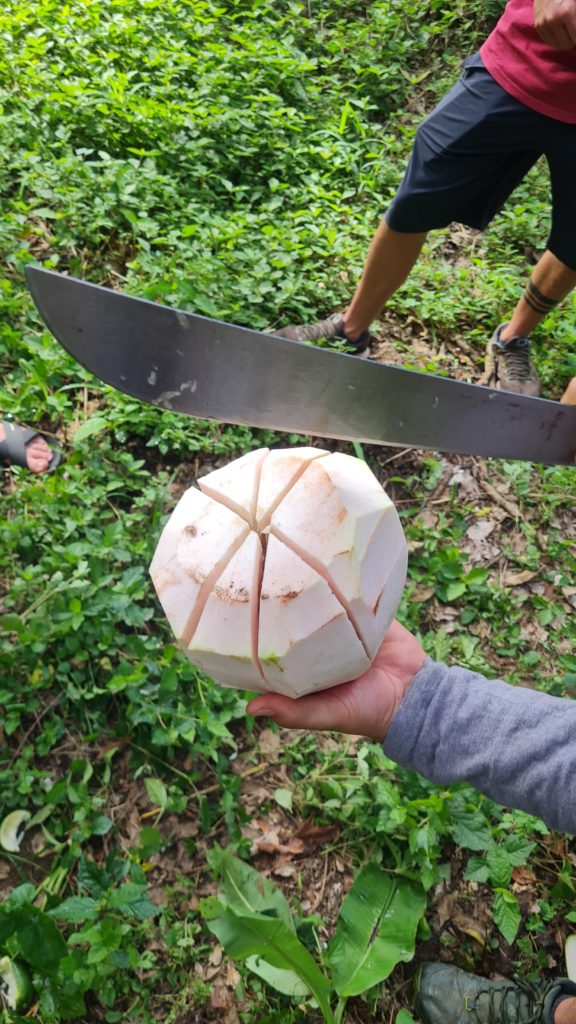

If you’re looking for man-made adventure, take a drive from Buena Vista to Cochabamba. In Villa Tunari, Josué runs a small adventure park called Yuraventura, which has a rafting and climbing area. It’s not just for thrill-seekers; they also have a huge fruit orchard that they’ll be happy to show you around. You’ll get to see and sample lots of new flavours. It’s well worth a visit!
From Villa Tunari, you can reach Cochabamba, a chaotic city with perfect spring weather. There is a huge market there which is worth seeing if you’re already in the area, but it’s definitely not worth a detour as it’s very similar to the one in La Paz.
The Chiquitanía region, full of small towns with beautiful wooden Jesuit churches, is not far away from Santa Cruz. The churches are well worth a visit, and the nature and animals are nice, too. The region is also known for its jaguar sightings.
Andean mountain range
Samaipata is perfect for hiking along the ridges. There is also a nice fern forest, but it’s not essential to see as there are many more along the Andes. Samaipata itself is a small hippie town. It wasn’t our highlight, but it was nice to eat some different food for a change.
From Samaipata, you can take the Ruta del Che to Sucre. That was a real highlight. The route takes you up and down through valleys and different climatic areas, and you can stop at Che’s house.


Highland
You must see Uyuni and the Lagunas Route. If you’re travelling in your own vehicle, you can avoid the crowds a bit more. However, if you’re concerned about the salt, there are many tour providers. They all more or less offer the same, and the quality of the accommodation is similar. The tour takes you to remote places, so there are only a few places to sleep which the providers can choose from.



La Paz is a huge city, but a very interesting one. You can easily see most of the city by taking the cable car, and there are also several good dining options, including Michelin-starred cuisine at reasonable prices. Or you can design your own “Patagonia” jersey.
Lake Titicaca is a popular tourist destination, particularly the towns of Copacabana and Isla del Sol. However, there are also many other beautiful places around the lake where you can enjoy some peace and quiet, such as Playa de Chuchuito in Cocotoni. It’s a park that locals visit at the weekend, so during the week you’ll have it to yourself. If the weather is sunny, you could even try swimming in the freezing lake!
Key facts Bolivia
As a European, you can enter the country for up to 90 days per year. US citizens have to apply for a 30-day visa, with a maximum of 90 days per year. Not all border control officers stamp your passport; some might put the stamp on a piece of paper, so don’t lose it!
1825
Independence from the Spanish crown.
12,3 m
inhabitants.
pesos bolivianos
is the currency, you can withdraw money without extra commission at the Banco Nacional de Bolivia.
1 098 581 km²
is the size of the country.
37
official languages, Spanish and 36 indigenous ones.
5
neighbouring countries: Brazil, Peru, Chile, Argentina and Paraguay.
0 km
of coast, but they have a navy.
2
official capitals. La Paz is the administrative headquarters, while Sucre is the constitutional capital.
